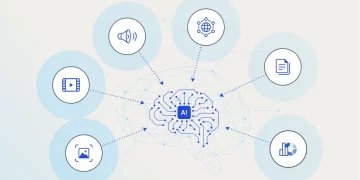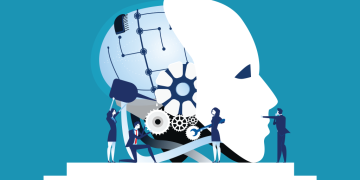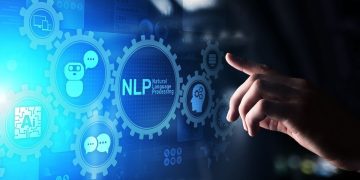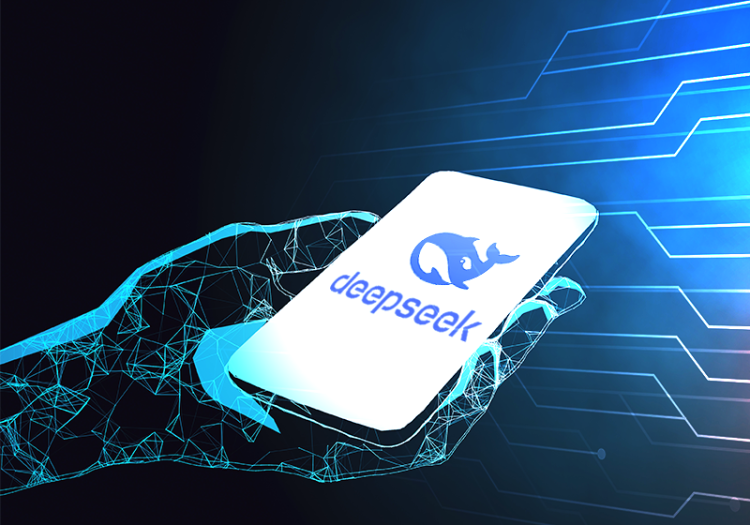Artificial Intelligence is reshaping how we live, work, and learn. But for individuals eager to dive into the field—whether out of curiosity, academic interest, or professional ambition—the path forward can be overwhelming. With hundreds of AI tools available across different skill levels and use cases, knowing which ones to choose at each stage of your development is essential.
This article explores how to approach AI tool selection at different stages of expertise, from absolute beginner to advanced user. The goal is to help you make informed decisions, learn more effectively, and ultimately apply AI to solve real-world problems.
Start with Self-Assessment: Where Are You Now?
Before selecting any tool, it’s important to understand your current skill level and what you want to achieve. If you’re a beginner, you may want tools that teach concepts without requiring deep coding knowledge. Intermediate users often look for tools that offer more hands-on experimentation. Advanced users typically need flexible, scalable environments that support model deployment and optimization.
Defining your purpose—whether it’s to build a portfolio, solve a specific problem, or implement AI in your organization—will help narrow down your choices.
Beginner: Build Understanding Through Simplicity and Interaction
If you’re just starting, it’s best to use tools that offer intuitive, visual interfaces and minimize technical complexity. Platforms like Google’s Teachable Machine, Microsoft’s AI demos, and MIT’s Scratch with AI extensions allow you to understand core AI principles—like classification or training—without writing code.
Online learning platforms such as Coursera, edX, or Khan Academy offer structured introductions to machine learning and AI fundamentals. Additionally, conversational AI tools like ChatGPT or Claude can explain concepts in plain language and guide you through learning pathways based on your questions.
At this stage, your focus should be on building conceptual understanding. Don’t worry about advanced math or algorithms just yet. Instead, learn what AI is capable of, explore basic model types, and familiarize yourself with ethical considerations.
Intermediate: Learn by Doing and Building Real Projects
Once you’re comfortable with basic concepts, move into platforms that let you experiment with real data. Google Colab is an ideal environment for learning Python-based machine learning using libraries like Scikit-learn or TensorFlow. It provides a free, cloud-based workspace with built-in GPU support, which is perfect for experimenting without needing a powerful local machine.
You can also start exploring open-source model hubs like Hugging Face, where you can test pre-trained models for tasks like sentiment analysis, image classification, or text summarization. These tools offer APIs and documentation that make it easy to understand how state-of-the-art models work—and how you can use them.
At this stage, learning becomes more practical. Try completing small projects, like building a spam filter, a movie recommendation engine, or a chatbot. Use public datasets from platforms like Kaggle or the UCI Machine Learning Repository, and focus on improving your skills in model training, evaluation, and iteration.
Advanced: Build, Optimize, and Deploy at Scale
For experienced users, the focus shifts from building basic models to refining, deploying, and scaling AI systems. You’ll need full control over architecture, training pipelines, and deployment environments.
Deep learning frameworks like PyTorch and TensorFlow give you the flexibility to design complex neural networks from scratch. Tools like MLflow or Weights & Biases help manage experiments, monitor model performance, and collaborate with teams. If you’re deploying models in production, you may rely on Docker for containerization or Kubernetes for orchestration.
Cloud platforms like AWS SageMaker, Google Vertex AI, or Azure Machine Learning offer integrated pipelines for data labeling, training, hosting, and monitoring. These are especially valuable for enterprise use, where security, scalability, and performance are crucial.
At this level, it’s also important to stay updated with research developments, contribute to open-source projects, and optimize your models for real-world constraints like latency, cost, and ethical implications.
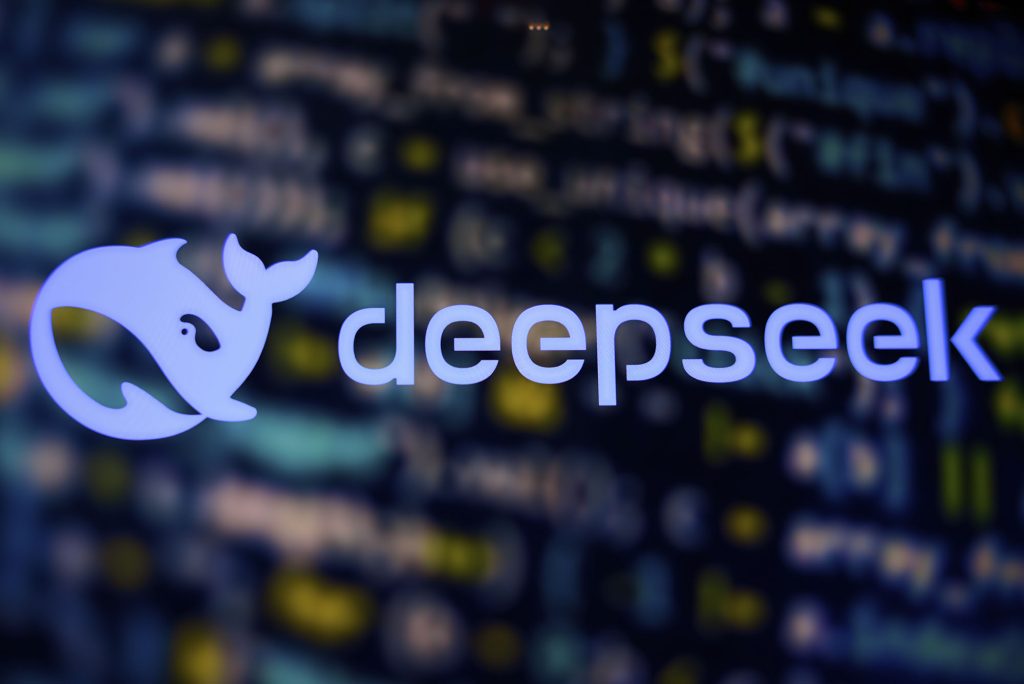
Match Tools to Your Purpose
Your goals will shape your toolset as much as your skills will. If you’re trying to automate a business process, no-code AI platforms like DataRobot or Akkio may help. If you’re interested in generative content creation, tools like RunwayML, Midjourney, or Adobe Firefly can support creative exploration. If your objective is research or enterprise deployment, model development platforms with reproducibility and version control features become essential.
Choose tools that align with your domain of interest—be it healthcare, finance, design, education, or robotics. General-purpose tools are a great start, but domain-specific platforms can offer tailored features and models that deliver better results faster.
Evolve Your Stack as You Grow
AI tools are constantly evolving, and so should your toolkit. What worked perfectly for you as a beginner may eventually limit you as your projects grow more complex. Periodically reassess your tools to ensure they’re still serving your needs.
Stay current by following AI newsletters, GitHub repositories, online communities like Reddit or Stack Overflow, and trusted industry blogs. Participating in hackathons or open challenges is another great way to discover new tools while sharpening your skills.
Above all, remain flexible. Being tool-agnostic allows you to focus on outcomes and adapt quickly to better, faster, or more affordable options.
Conclusion: Make Tools Work for You—Not the Other Way Around
Success in AI is not about using the most advanced platform—it’s about choosing the right one for your level, your goal, and your workflow. By aligning your learning journey with appropriate tools, you not only accelerate your growth but also improve your ability to solve problems creatively and effectively.
Whether you’re an aspiring AI engineer or a curious professional exploring how AI can improve your work, start where you are, build steadily, and evolve your tools as you gain confidence. With intentional choices and a clear sense of purpose, you’ll not only learn faster—you’ll build smarter.











